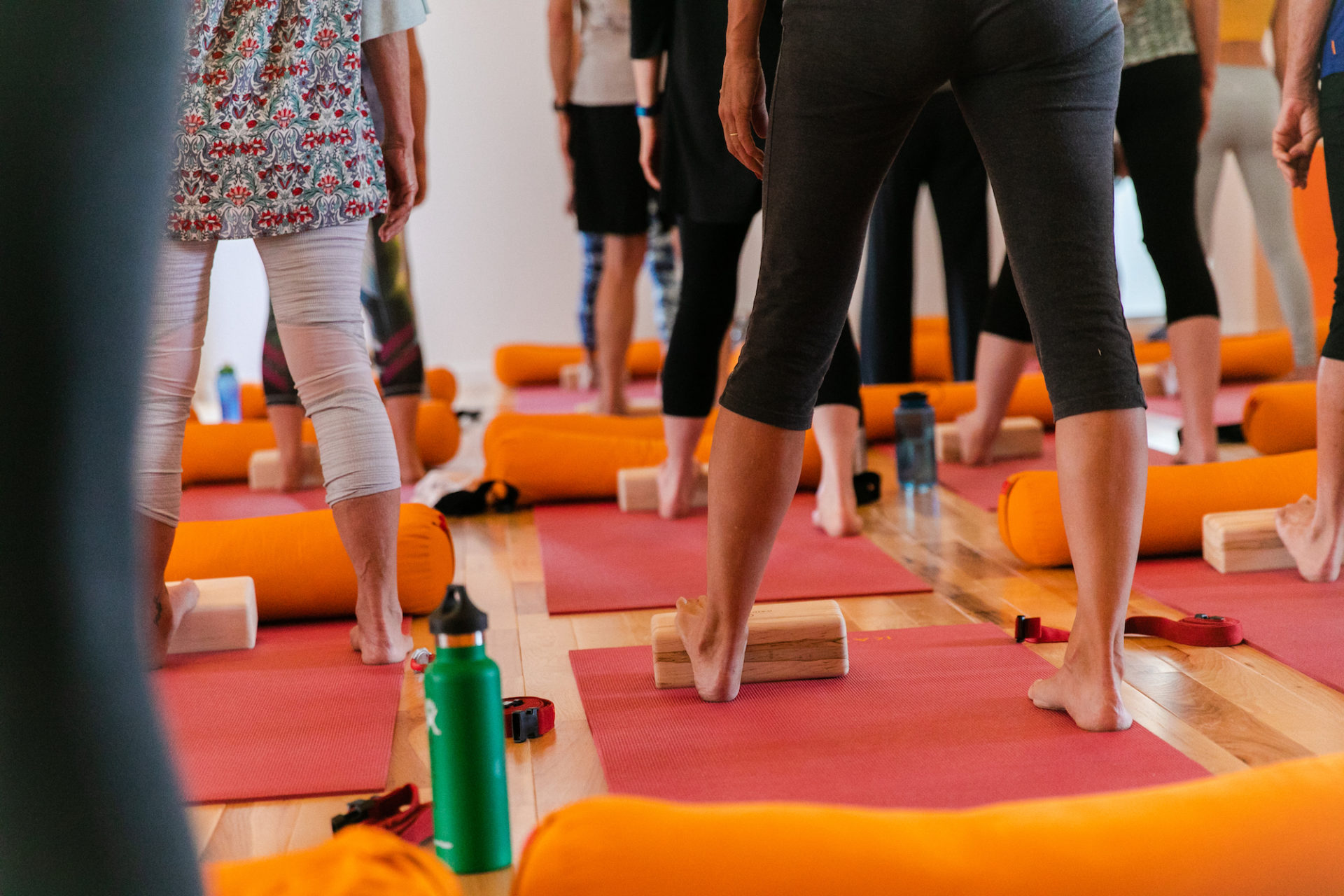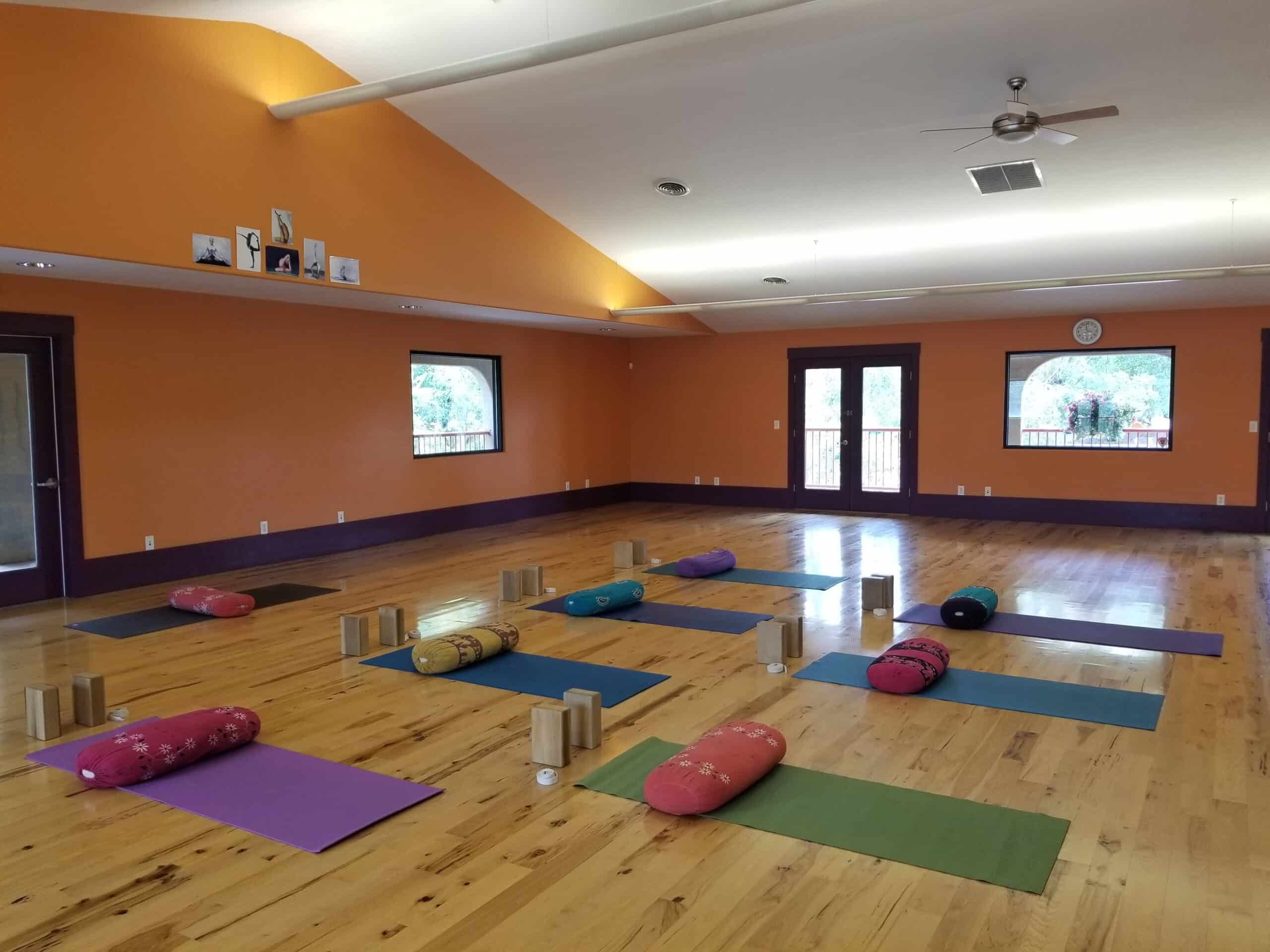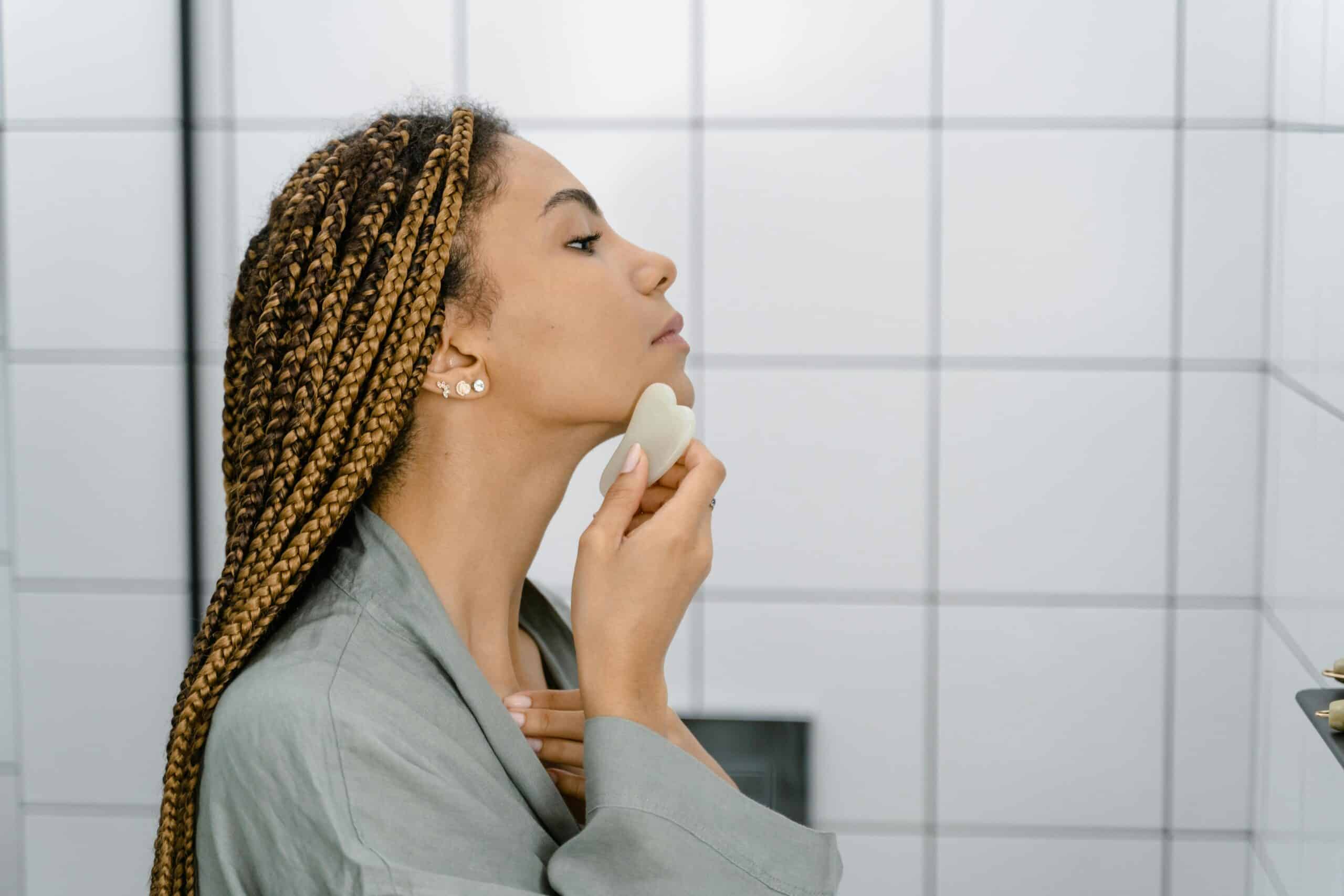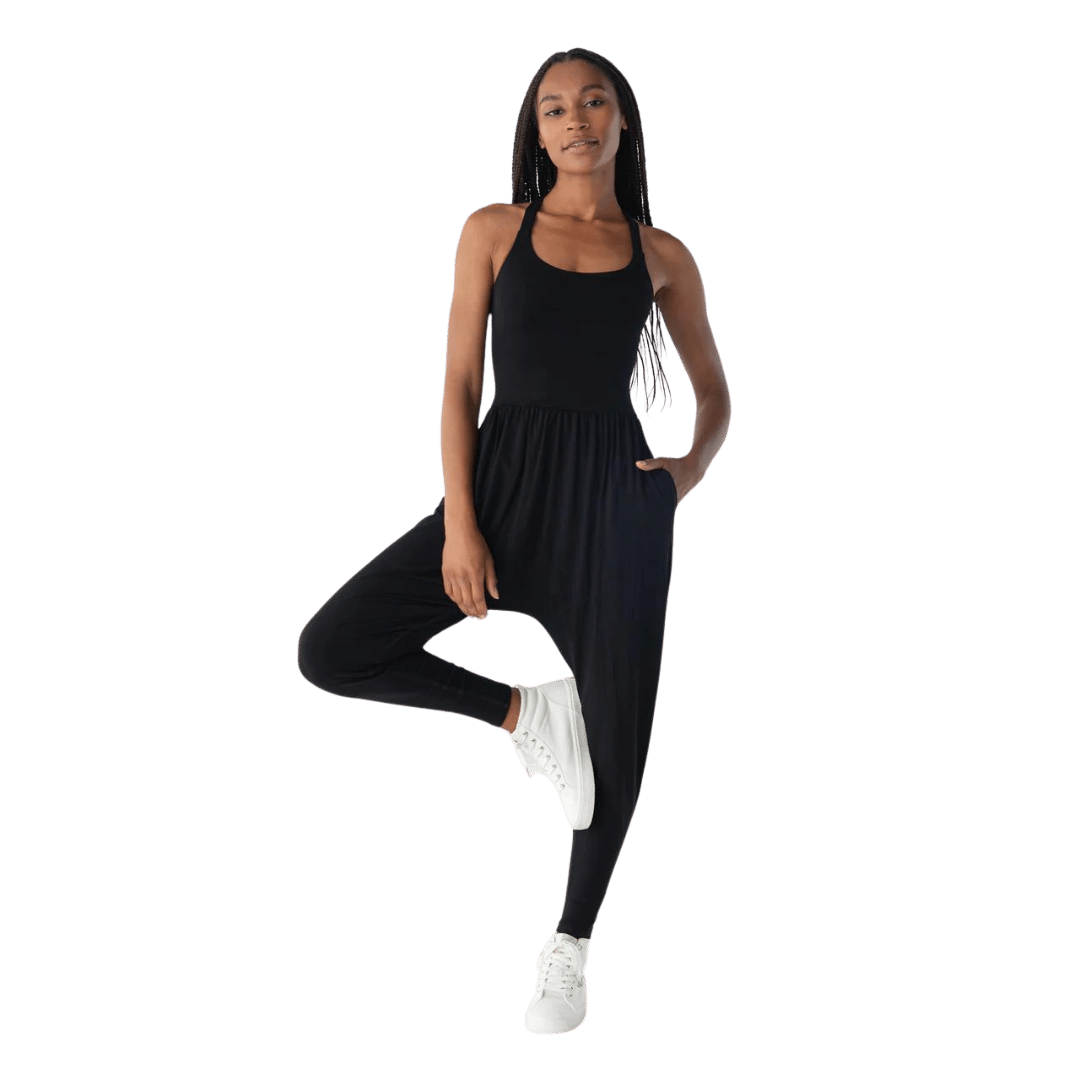How to Alleviate Foot Pain : 3 Tips to Integrate into Your Yoga Practice | By Darvin Ayre, Craig Heneveld, and Kristin Savory
Most of us walk around every day without even thinking about our feet. That is, we take them for granted until there’s foot pain.
While the human body is perfect in design, there are some unavoidable consequences for the modern biped, particularly when we’re talking about the feet.
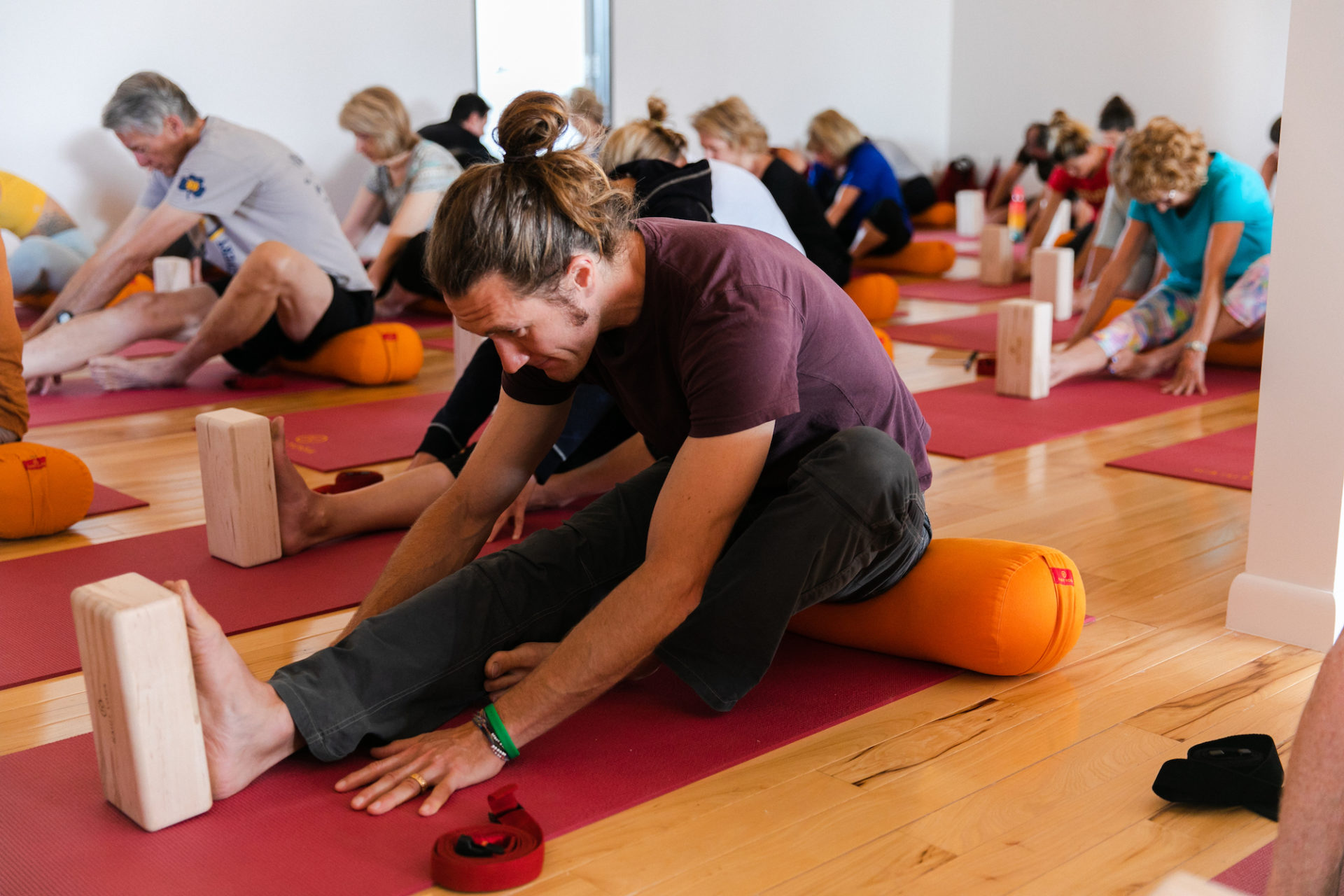
Think about these two foot facts:
- When walking, each time your heel lifts off the ground it forces the toes to carry one half of your body weight.
- During an average an average day of walking, the total forces on your feet can total hundreds of tons, equivalent to an average of a fully loaded cement truck.
With this type of demand on our feet, it’s no wonder foot pain has a far reaching effect on the system.
Consider this survey from The American Podiatric Medical Association (APMA) that found nearly eight out of 10 Americans have foot pain. Furthermore, those who do report chronic foot pain are significantly more likely to have pain in other parts of their body.
This survey of 1,021 adults over the age of 18 found that people with chronic foot pain are more likely to have other health problems such as:
- 65 percent back pain
- 59 percent eyesight issues
- 58 percent joint pain / arthritis
- 56 percent weight issues
- 52 percent knee issues
It’s not surprising that half of all adults say that foot pain has restricted their daily activities like walking, exercising and even standing.
Most traditional therapies agree that your feet are critical for optimal health. In fact, there are entire systems of healing that rely solely on the health of the foot to treat conditions affecting your body.
Your foot is a strong, mechanical structure that contains 26 bones, 33 joints and more than 100 muscles. The 52 bones in your feet make up one quarter of all the bones in all of your body. Many health and wellness experts believe that when the bones of your feet lose functionality, so does the rest of your body.
Maybe most importantly, the APMA states that the average person takes 8,000 to 10,000 steps a day, which adds up to 115,000 miles in a lifetime. When you add up all those miles, you’ve just walked four times around the circumference of the globe.
Addressing your feet more clearly in your yoga practice will help alleviate pain and will have far reaching affects on your whole body. Here’s three concepts to introduce to your practice:
- Add variety. To get more range of movement and adaptability inside the structure, a student must add variety to their practice. With 26 bones inside each foot, every joint needs to have some degree of articulation for efficient walking. Add poses like virasana, padottanasana and parsvottanasana to increase your foot adaptability.
- Use strapwork. Strapwork can be an excellent addition to refine and focus ankle range of motion. By keeping principle Number 1 in mind, be creative with your strapwork to address all angles inside the ankle structure.
- Change the surface under your feet. Evolutionarily speaking, our feet have been designed to adapt to multiple surfaces. We should be able to walk on rocky, uneven paths just as easily as smooth, grassy surfaces. Consider adding props like blocks or even a rolled up yoga mat to a traditional pose like Tadasana. Varying your foot surface in practice will increase your capability off the mat.
Poor foot function can lead to foot pain and have a fairly negative impact on the whole body. However, proper foot function and mobility can be improved over time with the Kaiut Method.
As we methodically work the joints of the foot, we gain access to the whole of our nervous system, the brain, the nerve endings throughout our bodies and the energetics of our systems. Over the course of time, many students report that as the foot returns to its natural design and movement, conditions like bursitis, arthritis and even plantar fasciitis improve beyond expectation. Somewhat surprisingly, many students also comment that their headaches lessen, their sleep improves and their moods become more even as foot function and their entire body mechanics improve.
Our feet are an important aspect of improving our overall health and most definitely not something to overlook or ignore.
Photos by Mary Pantier Photography.
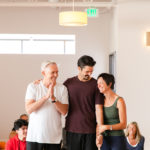 Kaiut Yoga is a biomechanical form of yoga designed to be accessible to everyone. With pain affecting more Americans than diabetes, heart disease, and cancer combined, Kaiut Yoga is a method of yoga that may help decrease pain and increase mobility for all. Craig, Darvin and Kristin are proud owners/teachers of Kaiut Yoga Boulder. To see their full teaching schedule go to: www.kaiutyogaboulder.com
Kaiut Yoga is a biomechanical form of yoga designed to be accessible to everyone. With pain affecting more Americans than diabetes, heart disease, and cancer combined, Kaiut Yoga is a method of yoga that may help decrease pain and increase mobility for all. Craig, Darvin and Kristin are proud owners/teachers of Kaiut Yoga Boulder. To see their full teaching schedule go to: www.kaiutyogaboulder.comEmbodying your purest essence becomes easier when you feel truly at home in your body. Your frame is [...]

Subscribe to Our Tribe
Stay up to date with Y+L News, Events and special announcements.





